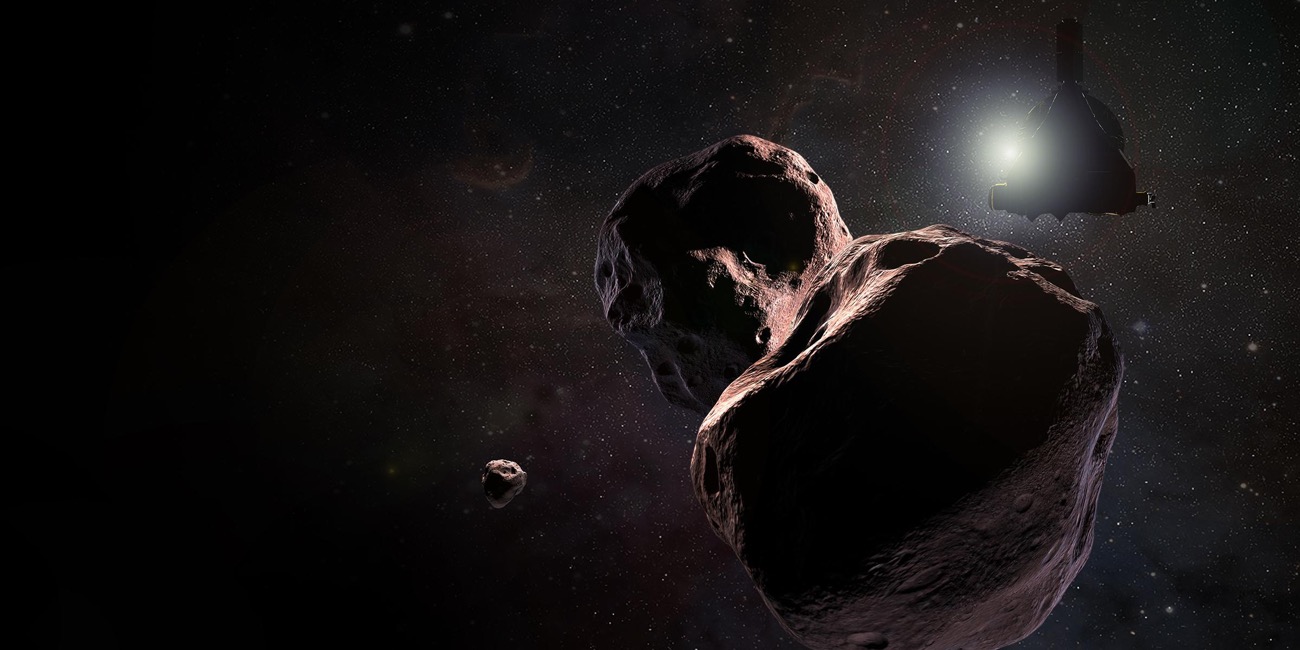The New Horizons Spacecraft Peers Beyond The Known World
16:30 minutes

What are your resolutions for 2019? If the answer is “explore a frozen, primitive planet-like body,” you have something in common with New Horizons, the spacecraft that dazzled the world with close-ups of Pluto in 2015. Its next stop? The first fly-by of an object in the distant Kuiper Belt.
New Horizons has been flying further away from us in the years since, and will soon encounter Ultima Thule, a small object about the size of New York City that may be able to tell us more about the origins of our solar system. Ultima Thule is thought to have been frozen and undisturbed for more than 4.6 billion years—a potentially perfect time capsule of the solar nebula that gave rise to Earth and its neighbors.
Ira talks to Alan Stern, principal investigator of the New Horizons mission, about the New Year’s Eve fly-by and the treasure trove of data his team is hoping to unwrap.
Learn more about New Horizons’ goals in the Kuiper Belt. [NASA]
Refer to this time table to know when New Horizons’ data will be coming in. [NASA]
Invest in quality science journalism by making a donation to Science Friday.
Alan Stern is Principal Investigator for NASA’s New Horizons mission, and a planetary scientist at the Southwest Research Institute. He’s also co-author of Chasing New Horizons: Inside the Epic First Mission to Pluto (Picador, 2018). He’s based in Boulder, Colorado.
Christie Taylor was a producer for Science Friday. Her days involved diligent research, too many phone calls for an introvert, and asking scientists if they have any audio of that narwhal heartbeat.